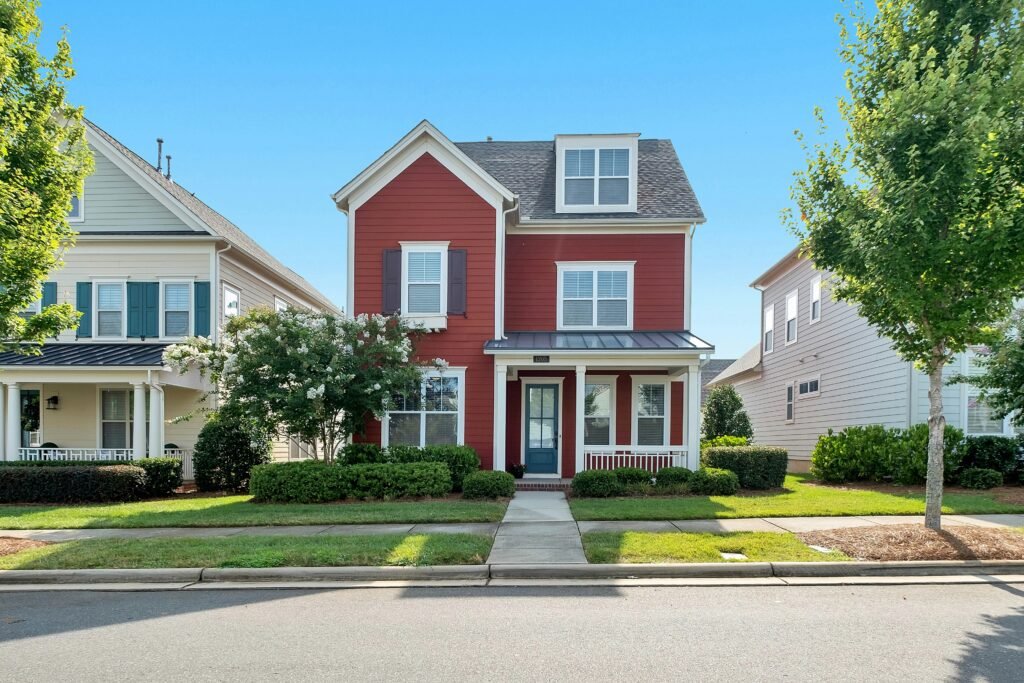As a homebuyer, seller, or current homeowner, it’s crucial to understand the profound impact that interest rates can have on the housing market. These financial benchmarks don’t just affect your monthly mortgage payments – they can significantly influence the overall dynamics of the real estate landscape, from demand and supply to home prices and affordability.
The Fed’s Role in Shaping Interest Rates
At the heart of the matter is the Federal Reserve, the central banking system of the United States. The Fed’s primary objective is to promote a strong economy through full employment, stable prices, and moderate long-term interest rates. To achieve this, the Fed adjusts its federal funds rate, which serves as a benchmark for various other interest rates, including those on mortgages.
When the economy is strong, and inflation is on the rise, the Fed will typically raise the federal funds rate to cool down consumer spending and bring inflation under control. Conversely, during economic downturns, the Fed may lower rates to stimulate borrowing and investment. These adjustments in the federal funds rate have a direct impact on the interest rates that lenders charge for mortgages and other loans.
The Impact on Homebuyers
Rising interest rates can significantly impact homebuyers’ purchasing power. As mortgage rates increase, the monthly payments on a given home loan also rise, making it more expensive to finance a property. This can force buyers to adjust their budgets, potentially targeting lower-priced homes or even being priced out of the market altogether.
Conversely, when interest rates are low, homebuying becomes more affordable, attracting a larger pool of potential buyers and fueling increased demand. This surge in demand can lead to higher home prices as buyers compete for a limited supply of available properties.
The Influence on Sellers
Rising interest rates can also profoundly affect home sellers. As mortgage rates climb, the pool of potential buyers shrinks, as some are priced out of the market or choose to delay their home purchases. This reduced demand can result in longer listing times and increased competition for affordable homes, particularly in markets with tight inventory.
Sellers may find themselves needing to adjust their pricing strategies to attract buyers in a higher-rate environment. Conversely, when interest rates are low, sellers often enjoy a more robust and competitive market, potentially leading to higher sale prices and quicker transactions.
The Impact on Existing Homeowners
The impact of interest rates extends beyond just buyers and sellers. Existing homeowners can also be affected, particularly those who are considering refinancing their mortgages. When rates rise, the cost of refinancing can become prohibitive, leading many homeowners to stay put rather than take on a new loan with higher monthly payments.
This phenomenon, known as the “lock-in” effect, can further constrict the supply of homes on the market, as homeowners are less inclined to sell and move to a new property with a higher mortgage rate.
The Broader Implications
The influence of interest rates on the housing market has far-reaching implications. A slowdown in home sales and construction can have a ripple effect on the broader economy, impacting industries such as real estate, construction, and home furnishings. Additionally, changes in home prices can affect household wealth and consumer spending, which in turn can influence the overall economic landscape.
As a homebuyer, seller, or current homeowner, it’s essential to stay informed about the latest trends in interest rates and their potential impact on the housing market. By understanding these dynamics, you can make more informed decisions and navigate the real estate landscape with confidence, regardless of the prevailing interest rate environment.






